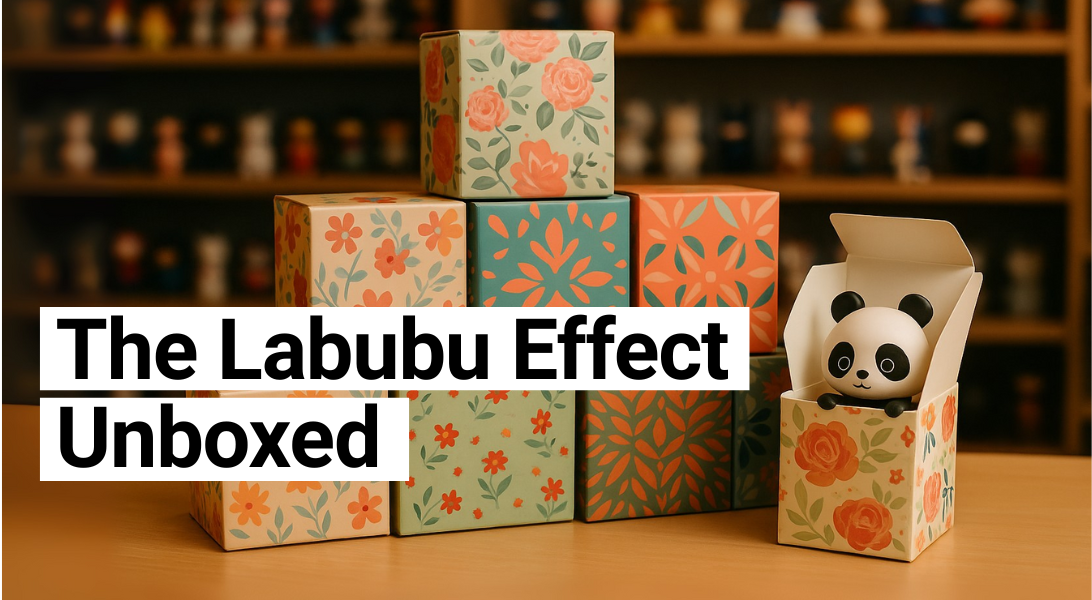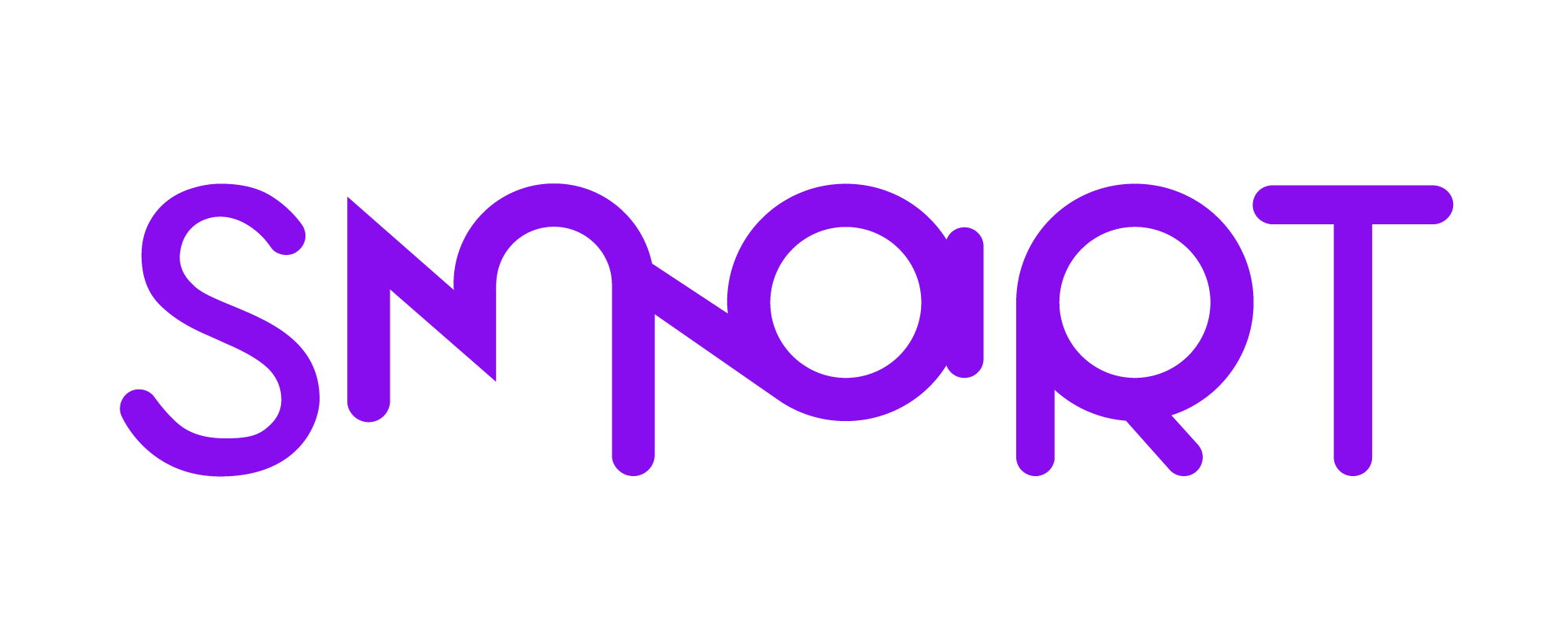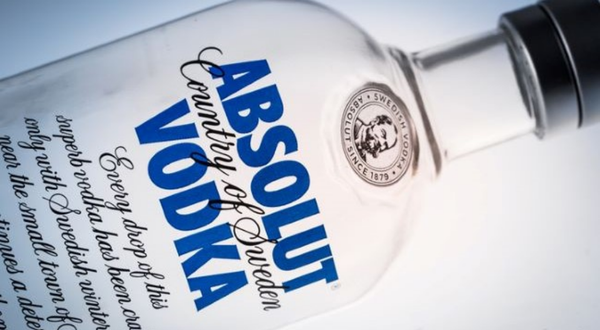The Secret Psychology of Blind Boxes

The “blind box” sales strategy thrives on a powerful combination of mystery and scarcity. Pop Mart’s Labubu collection has grown from a Chinese phenomenon into a global craze, and understanding how this model works can help marketers sharpen their strategies.
A recent study published by Elsevier examines the impact of different types of scarcity on consumer behavior, distinguishing between hedonic and utilitarian products.
Hedonic vs. Utilitarian: Why the Difference Matters
- Hedonic products provide aesthetic pleasure and emotional or sensory experiences. Think collectible Labubu dolls, designer accessories, or limited-edition sneakers.
- Utilitarian products fulfill practical needs and are often purchased based on rational decision-making, such as household tools or office supplies.
The research found that two types of scarcity — supply-based and demand-based — play different roles depending on the product type:
- For hedonic products, intentionally limiting supply creates feelings of loss of control and emotional arousal, making consumers more likely to purchase.
- For utilitarian products, a surge in demand that outpaces supply triggers urgency and increases the likelihood of impulse purchases.
In short, supply-based scarcity works better for hedonic items, while demand-based scarcity drives impulse buys for utilitarian products.
The Blind Box Effect in Action
Pop Mart’s strategy shows how scarcity and mystery can combine into a repeat purchase engine:
- Collectibility and surprise: Blind boxes create a casino-like dopamine hit, blending excitement, curiosity, and the thrill of getting a rare item.
- Community and sharing: Buyers often share unboxing experiences on social media, fueling FOMO and further demand.
- Consistent growth: Pop Mart’s sales rose steadily from 2019 to 2023, reaching 4.56 billion yuan in the first half of 2024 — a 62% year-on-year increase.
How Marketers Can Apply This Strategy
- Segment your portfolio: Separate hedonic and utilitarian products, then match the scarcity type to the right category.
- Leverage supply-based scarcity: Use limited editions or mystery formats to heighten emotional appeal for hedonic products.
- Create demand-driven urgency: For utilitarian products, run campaigns that spark sudden spikes in interest to trigger urgency.
- Integrate the “blind box” element: Introduce surprise components or collectible series to encourage repeat purchases and community engagement.
Unboxing the Lesson
When used strategically, the blend of mystery and scarcity can reshape purchase behavior. By understanding the distinct motivations for hedonic and utilitarian products — and borrowing elements from the blind box phenomenon — brands can drive both sales and loyalty, creating a deeper emotional connection with their audience.





